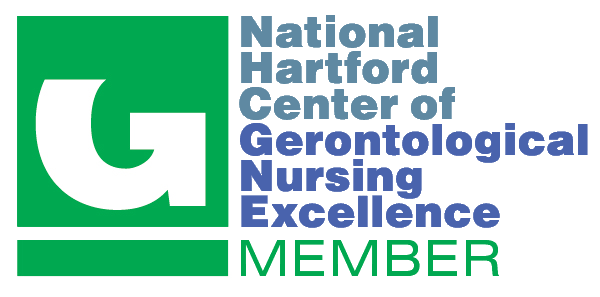Doctor of Nursing Practice Program
Gillian Connolly, DNP, MSN, APRN, FNP-C

-
Committee Chair Name & Credentials:
Natasha McClure, DNP, APRN, CPNP
DNP Project Abstract
Primary Care Nurse Practitioner Fellowships: Evaluating Program Outcomes
Purpose
This project’s purpose was to determine if a nurse practitioner (NP) fellowship program is meeting the goals of 100% retention 12 months post-fellowship, high job satisfaction, and advanced clinical competency. Additionally, data informed the design of an annual program evaluation process.
Methods
Post-fellowship retention was highlighted during recruitment and onboarding. Retention was analyzed by cohort. Job satisfaction data was collected using the Misener NP Job Satisfaction Survey (MNPJSS) at midpoint and endpoint of the current cohort. Results were analyzed across domains. Clinical competency scores from midpoint and endpoint preceptor evaluations were collected using New Innovations. Results were averaged per fellow and cohort to identify areas where the fellows’ competency goals were met at midpoint (3/5) and end of the program (4/5).
Results
Retention at end of fellowship is 100% (n=7) for all cohorts combined. Retention at 12 months post-fellowship was 0% for Cohort 1 (n=2) and 33% for Cohort 2 (n=3), with Cohort 3 currently at 100% (n=3) at 7 months post-fellowship. The current cohort met job satisfaction targets in 5 of 6 domains. Fellows had lowest satisfaction with time allocated for seeing patients. Clinical competency was at goal for 6/6 priority measures at midpoint and 5/6 by endpoint. All priority measures improved over time.
Implications for Practice
This primary care NP fellowship program evaluation approach piloted the MNPJSS and determined it was useful for identifying programmatic areas of strength and need.
The evaluation provided the program leadership team with essential data to measure the satisfaction and retention goals, fellows’s clinical skills advanced over time, and new NPs were retained through increased focus on the post-fellowship year during recruitment and onboarding, use of the MNPJSS, and responsive changes to clinic ramp-up schedules based on fellows’ feedback. The clinical competency tool enabled program leadership to identify unmet learning needs and make content changes to address them.




